How We Shape UK Environmental Policies
Learn about the work we do to restore nature. Commitments like the global biodiversity framework are paramount in our efforts to reverse biodiversity loss.
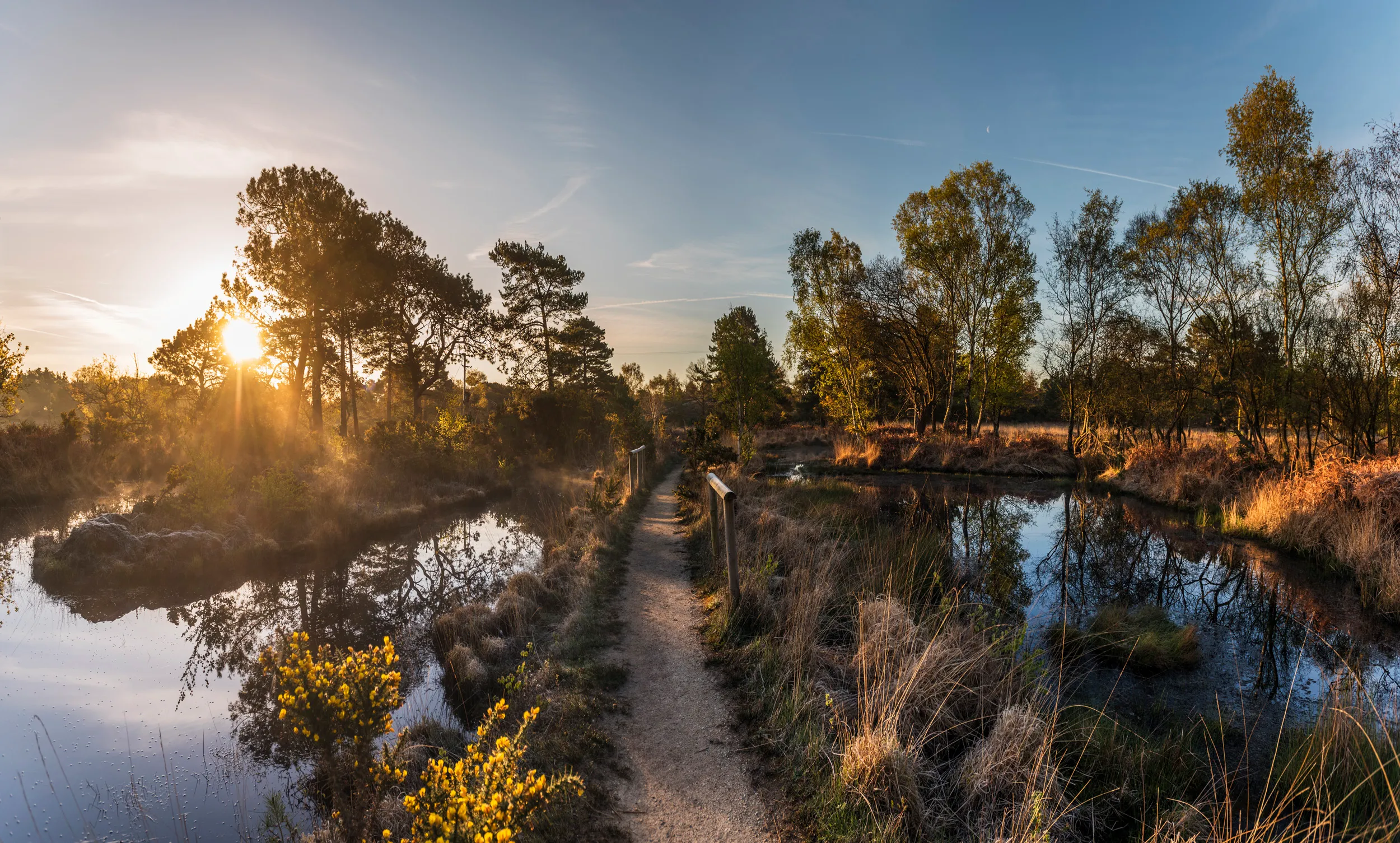
On this page
England
From ancient woodlands and lowland heaths to estuaries and rugged coasts, we’re working across England to pull nature back from the brink. At RSPB nature reserves and throughout expansive landscapes we are protecting, restoring, creating and enhancing land to benefit people and wildlife. We’re also connecting as many different types of people as possible with nature and ensuring the UK government is delivering on its commitments to protect our environment. Read on to find out more.
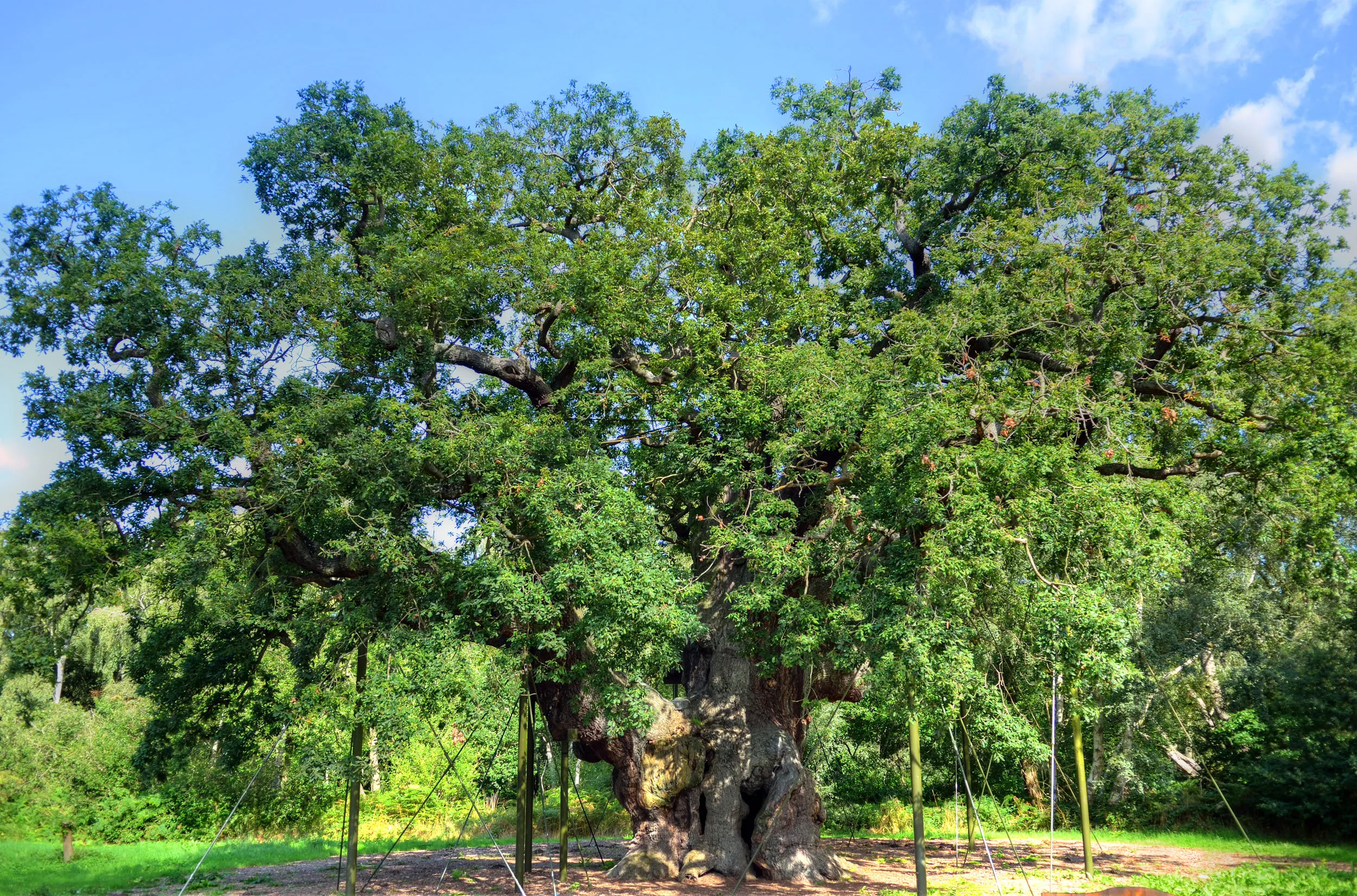
Our work with government
Environmental laws and policies created in Westminster have a profound impact on nature in England. The RSPB works with decision-makers and influencers to call for strong laws to protect and drive the restoration of nature, backed-up by effective and clear plans and programmes to deliver change on the ground.
Through the Environment Act 2021, Westminster has committed to ambitious targets for nature including bringing a halt to the decline in species populations by 2030. But at the same time, it has worked to weaken some environmental protections. We will hold the government to account, doing everything we can to push ministers to deliver these targets and to keep their promises to protect nature.

To halt the decline in species populations by 2030 nature needs Westminster to:
- Develop challenging interim targets and actions ,to pave the way for delivering long-term targets for restoring species
- Set out actionable plans to restore 30% of land and sea for nature by 2030
- Support farmers to move to more nature and climate friendly practices
- Make changes to ensure a more nature and climate friendly land-use planning system.
- Maximise the potential for nature of the new Biodiversity Net Gain system.
- Ensure that environmental assessment systems strengthen and do not weaken protections for nature.
- Maintain that strong protected area habitat management systems and ensure that they also covers climate change mitigation and adaptation.
- Close the nature finance gap and increase both public and private finance to meet nature targets.
- Develop spatial plans for major infrastructure developments that minimise harm to nature and look for opportunities to help it recover.
- Roll out country-level marine plans for offshore renewables (as in Scotland) to ensure we’re on track to meet offshore wind targets, while balancing the risk to marine wildlife
- Development of a fair marine ‘net gain’ system to help drive the recovery of ocean and coastal biodiversity.
- Make net-zero a reality by cutting our greenhouse gas emissions rapidly across all sectors of the economy.
How to become a campaigner

Connecting more people with nature
The RSPB cannot save nature alone. We know we must work with communities and partners to achieve our aims. Through engagement, we harness the power of people and put people at the heart of our mission to save nature. Our work connects and mobilises more people to save nature – engaging with and empowering the communities we work with, reaching new audiences and working with partners to increase our impact.
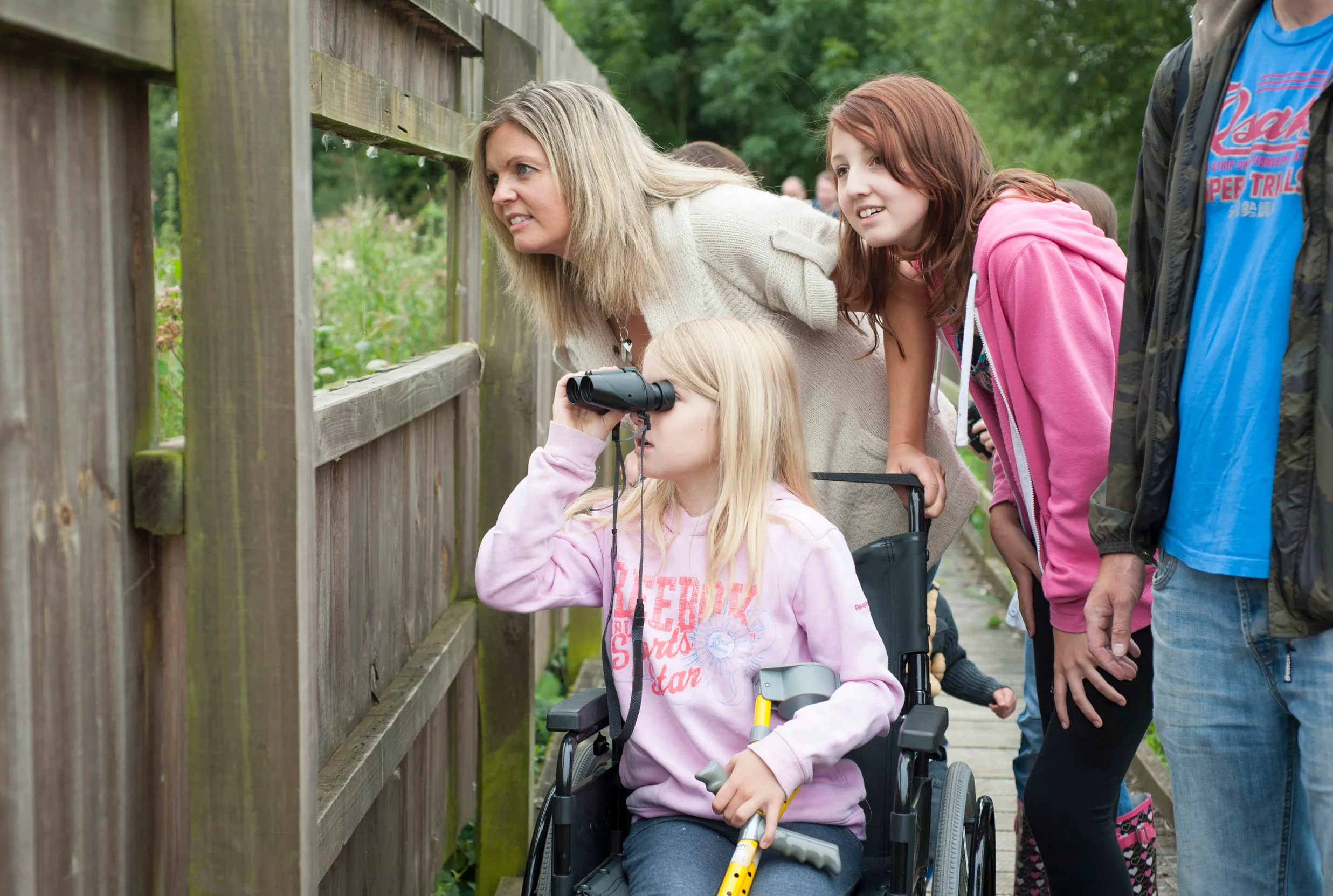
We support people to take action for nature each and every day, aiming to connect as many different people as possible with nature throughout England. Here are just a few examples of what that looks like in practice:
- Launching England’s first Nature Prescription to boost health and wellbeing
- Working in partnership providing opportunities for young people who are not in education, employment or training to learn about conservation
- Developing new and innovative ways to involve volunteers in all aspects of our work
- Supporting amazing volunteer-led RSPB Local Groups and Youth Groups
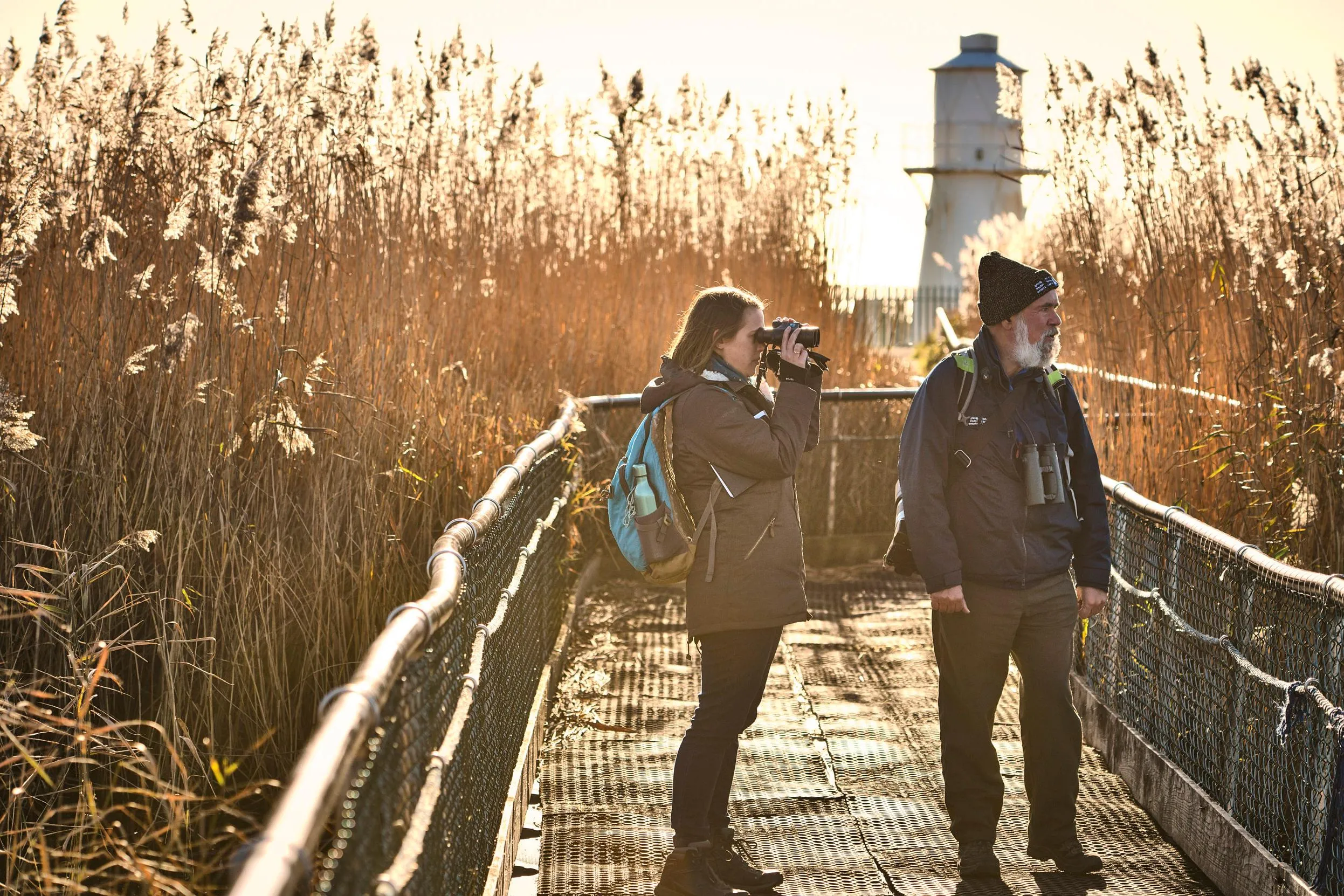
Transforming landscapes
Whether it’s restoring blanket bog in the Peak District or securing a future for some of our most vulnerable coastal birds, for decades, we’ve been leading pioneering projects to recover species and habitats across England. We’re working to protect and restore some of our most special landscapes and seascapes – areas that are particularly important for wildlife, where we believe we can make the biggest difference for nature. But these incredible spaces are under threat. Our ecological expertise in restoring, creating and managing at scale, and our committed and innovative partnerships put us at the forefront of delivering for nature. Working with this ambition and at this scale requires collaboration to deliver places where people want to live and visit, and where farmers and landowners work with and alongside us.
Supporting threatened species
Our incredible natural spaces are home to an array of wild creatures that also need our help. We’re working to protect wildlife across our reserves and beyond – much of our action involves securing progress that will positively affect all species that call England home. But there are some species that need our help more than others, and we’re targeting them through a number of dedicated projects. This includes protecting beach nesting birds like Little Terns or working with farmers and landowners to create new habitats for Turtle Doves and Cirl Buntings, and much more.
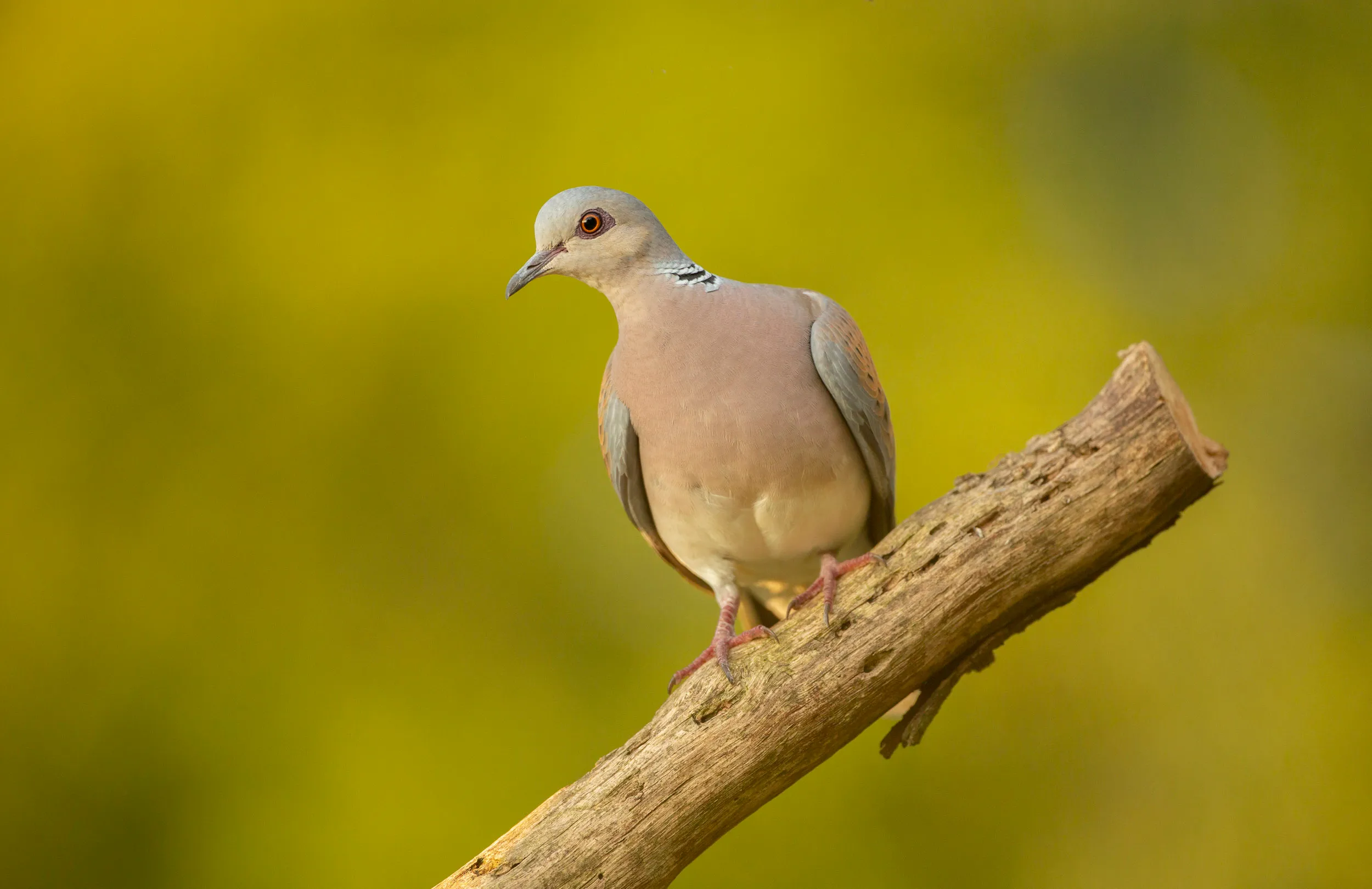
The RSPB works with thousands of farmers on many projects each year, providing guidance on farming in harmony with nature. Often projects are focused on specific farmland birds and we empower farmers to make the land management changes needed to help these species thrive. Thanks to farmers, many of these projects make a real difference for species like Stone-curlews, Corncrakes and Cirl Buntings.
We’re also pushing the government to give farmers the financial support they need to make wildlife-friendly farming a reality. We need schemes that reward methods of food production that work with nature and give it more space to thrive. This means change throughout the entire food system, beyond farming. We’re also advocating for our hedgerows, which are at risk of having crucial safeguards removed.

Our reserves – nature near you
RSPB England’s reserves span the length and breadth of the country, across rolling moorland, ancient woodland, coastal estuaries and inland lakes. We manage more than 100 reserves, all of which are havens for wildlife and people alike.
You could spot seabirds at St Bees Head, scour the shingle for rare wildflowers at Dungeness, escape the bustle of city streets in our reserves near London and Birmingham, admire a historic many-hundred-year-old oak at Sherwood Forest, or keep an ear out for the churring of secretive Nightjars after sunset at Arne in Dorset.
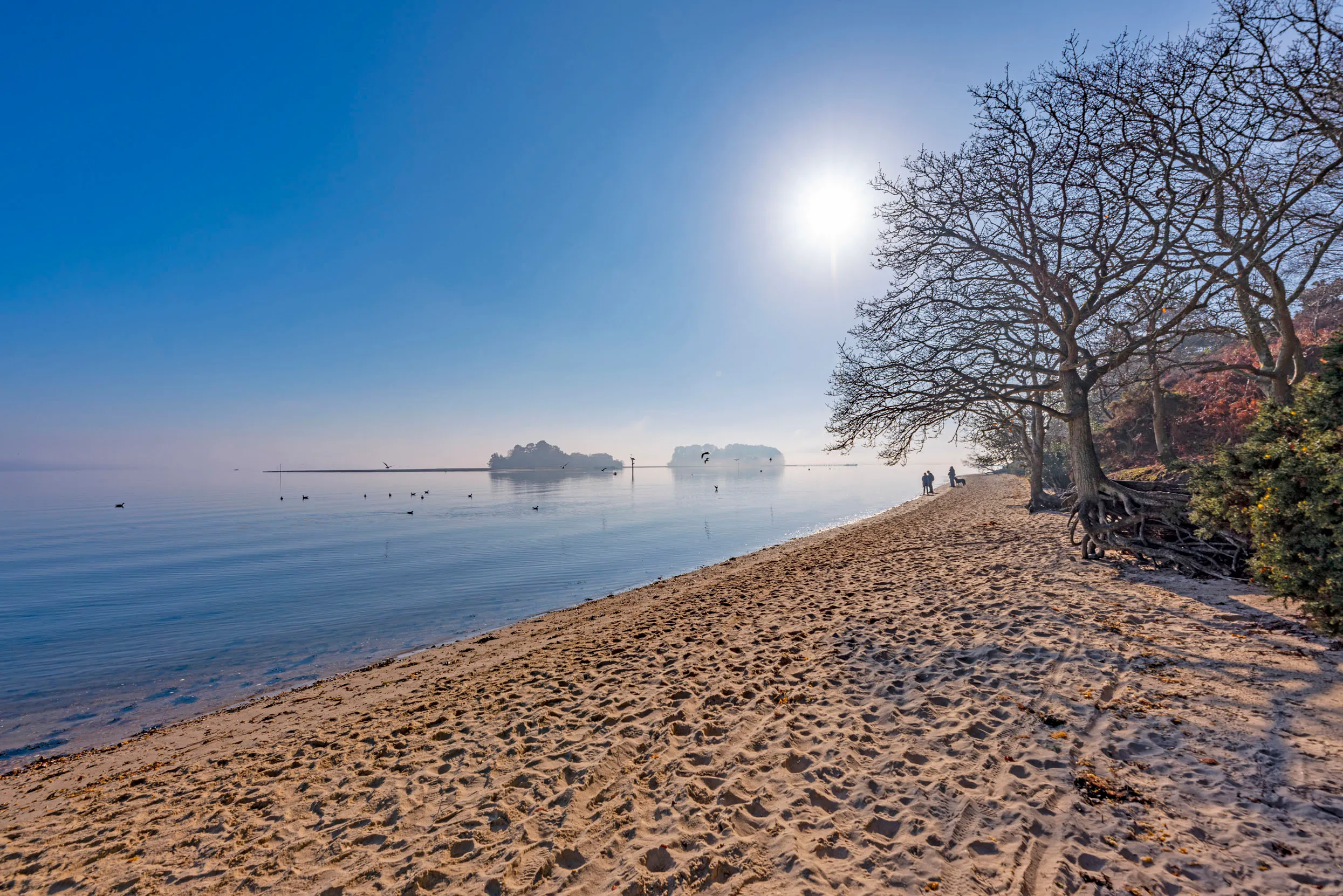
Whether you’re after a peaceful stroll, a chance to spy some unusual wild birds, a night of camping under the stars, or a bug or reptile hunt, there’s something to suit every kind of visitor at our reserves.
And if all that action makes you hungry, many of our reserves have cafes, food stalls or picnic spots where you can re-energise with a snack or meal.